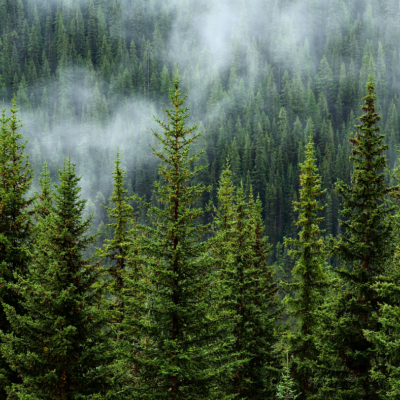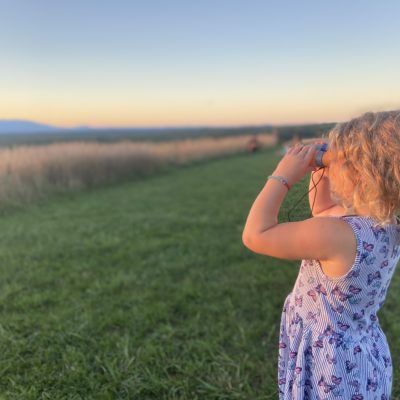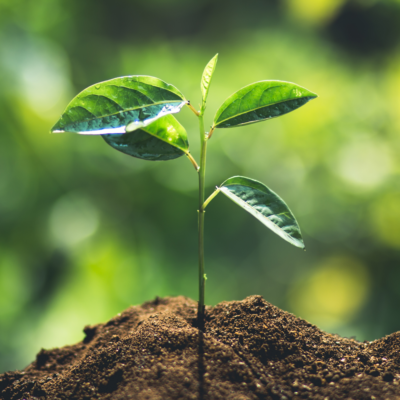WHY FORESTS MATTER
Forests provide essential benefits to all life
- Every day forests provide untold ecosystem benefits to our daily lives, such as clean air and water, prevention of flooding.
- They provide habitat to about 90% of all earth’s species.
- Forests are one of the most effective, economical nature-based solutions to mitigating the impacts of climate change.
- They provide us with aesthetic beauty, a healthy sense of well-being and offer invaluable recreational opportunities.
- No matter where we live, forests play an important role in our daily lives and are essential to our health, economies and way of life.
FORESTS MATTER IF:

You Drink Water
There are few resources, if any, more vital to life than water. Forests are essential to clean water and ecosystems that depend on water. Our forests play a vital role in capturing, filtering, and supplying cool, clean water throughout the year. Trees serve as natural sponges, collecting and filtering rainfall and releasing it slowly into streams and rivers; they are the most effective land cover for maintenance of water quality.

You Breathe the Air
Air pollution is a significant problem that affects human health and well-being, ecosystem health, crops, climate, visibility and even man-made structures like buildings and roads. Trees remove harmful air pollution and absorb gaseous pollutants through their leaves. Over 17 million tons of pollutants are removed from the air annually by trees in the U.S. alone.

You Care About Wildlife
Sixty percent of at-risk wildlife depends on private forests for habitat. In some watershed areas, 95 percent of at-risk species habitat occurs only in private forests. Worldwide, woodlands provide habitat for 90 percent of the plant and animal species that live on land; woodlands are the most diverse ecosystems on land.
The Hudson Valley has the lowest regenerative forest rate in the state. Not surprisingly, that spells outright loss of habitat for over 200 at risk species in New York and is the greatest threat to biodiversity in our region. Protecting intact forests, especially along connective migration corridors, and restoring degraded forest habitats is one of our strongest defenses to reverse risk species decline help animals in our region thrive.

You’re Concerned About Climate Change
Forest loss and degradation is the second largest contributor to climate change after fossil fuels according to the EPA. Restoring the natural regenerative cycles of forests can, in some cases, double their ability to absorb CO2 emissions. Healthy and resilient forests are one of the best nature-based solutions to improve our region’s ecological health and combat the climate crisis.

You Like to Play Outdoors
Being out in nature can be the best part of our daily lives, connecting us to ourselves, loved ones and the world around us. Now, research is showing that visiting a forest has real, quantifiable health benefits, both mental and physical. From boosting your immune system, to lowering blood pressure, improving cardiovascular health and keeping stress hormones at bay – spending time in nature, and, specifically, forests is a prescription for improved mood, energy level and even sleep.
Visit Winnakee’s Parks & Preserves
Learn more about Winnakee’s Creation of Parks & Trails

You Care About Your Community
Every community has landmarks that are cherished by its residents. They are icons of the local culture — a prominent place such as Burger Hill, a sweeping view of a lake or pond, a valley farm cradled by forested hills, a quiet fishing hole on a meandering stream. They give a community more than physical sustenance; they give it character and an identity. These places are integral to our community culture and history. Winnakee’s land protection has helped preserve our community’s character for over three decades; our enhanced conservation strategy is helping to rebuild healthy ecosystems that improve our health, wellbeing and economy.
Learn more about Winnakee’s Protection of Our Rural Character
Learn more about Winnakee’s Community Programming

You Want to Invest in Sound Economics
Research shows that every $1 invested in restoring degraded land generates an estimated $7–$30 in economic benefits. The ecosystem services forests provide are nature-based solutions to many aspects of our daily lives that we take for granted. Deforestation and land degradation costs the world $6.3 trillion in lost ecosystem services.
Winnakee is firmly dedicated to the natural places that matter most for families, their well-being, and for healthy communities. In ten years, our added focus on protecting irreplaceable local forests, and restoration of the natural ecosystems in the lands Winnakee protects, will have a transformative impact on the direction of our region’s environmental health. We are most grateful to the generous donors who entrust their lands to Winnakee for restoration and conservation as we progress on these enhanced conservation goals.”
Caring for Land, Connecting Community
You can be proud that your support will make an impact in conserving lands,
expanding public access to trails, and connecting your community with the land.

